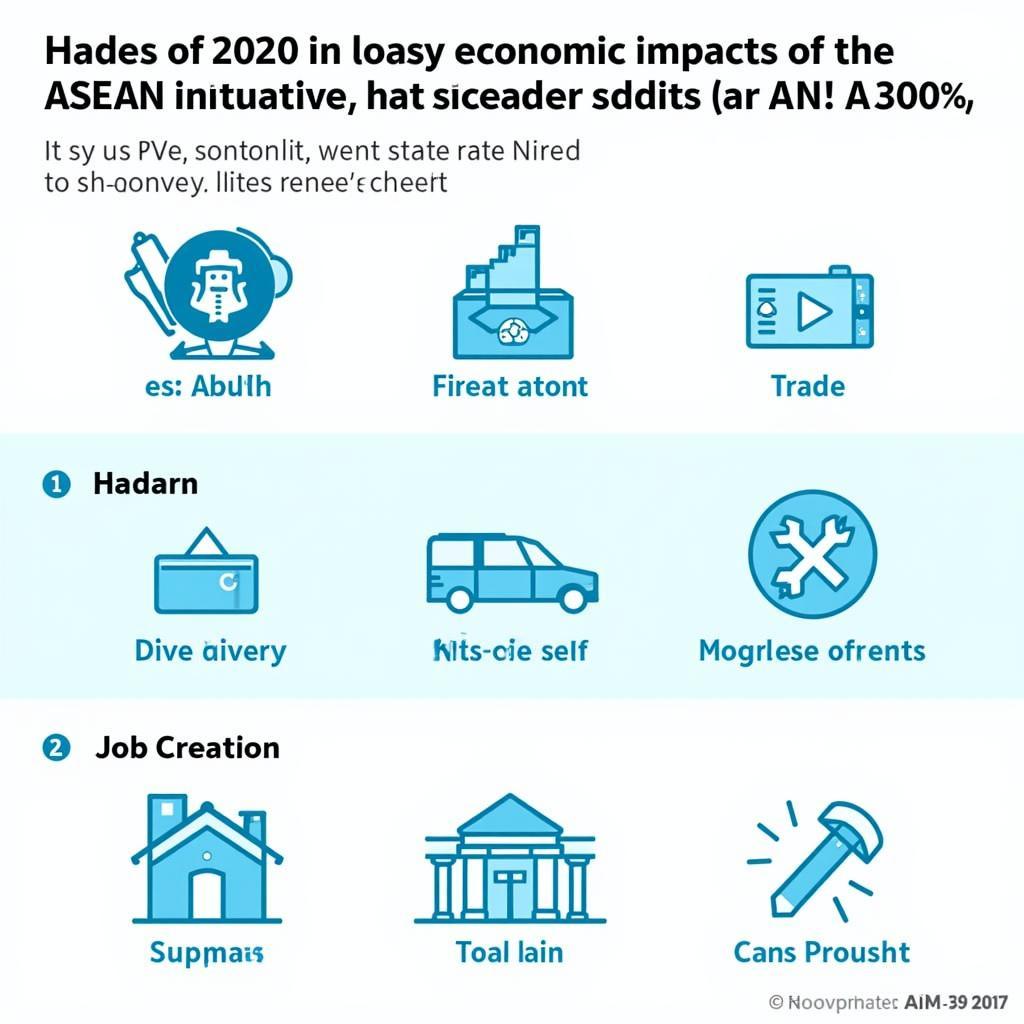The extinction of the dinosaurs is a topic that has captivated scientists and dinosaur enthusiasts for centuries. Around 66 million years ago, these magnificent creatures that once ruled the Earth vanished, marking the end of the Mesozoic Era and ushering in the Cenozoic Era—the age of mammals. But what exactly happened all those millions of years ago? Let’s delve into the mystery surrounding the dinosaurs’ demise and explore the leading theories that explain this pivotal event in Earth’s history.
The Cretaceous-Paleogene Extinction Event: A Turning Point in Earth’s History
The extinction event that wiped out the dinosaurs is formally known as the Cretaceous-Paleogene (K-Pg) extinction event, formerly called the Cretaceous-Tertiary (K-T) extinction. This event wasn’t just limited to dinosaurs; it led to the extinction of roughly three-quarters of the plant and animal species on Earth at the time. This mass extinction event wasn’t a gradual process but rather a relatively rapid one, geologically speaking, occurring over thousands or hundreds of thousands of years.
The Impact Theory: A Cosmic Catastrophe
The most widely accepted explanation for the K-Pg extinction event is the impact of a massive asteroid or comet. This theory, known as the Alvarez hypothesis, emerged in the 1980s after scientists discovered a layer of iridium in geological strata corresponding to the K-Pg boundary. Iridium is rare on Earth’s surface but abundant in asteroids and comets.
The impact site of this catastrophic event is believed to be the Chicxulub crater located on the Yucatán Peninsula in Mexico. The impact of an object with an estimated diameter of 6 miles would have released an unimaginable amount of energy, triggering massive earthquakes, tsunamis, and widespread wildfires.
The Deccan Traps: A Volcanic Inferno
While the impact theory is widely accepted, it’s not the only explanation for the dinosaurs’ extinction. Another significant factor that contributed to the environmental changes during the Late Cretaceous period was the Deccan Traps volcanic eruptions. Located in what is now India, the Deccan Traps released massive amounts of lava flows, volcanic gases, and ash into the atmosphere over a period of roughly one million years.
These eruptions would have had devastating consequences for the global climate, potentially leading to acid rain, ocean acidification, and global cooling followed by intense warming due to the greenhouse gases released.
A Perfect Storm: The Combined Effects of Impact and Volcanism
It’s likely that the extinction of the dinosaurs wasn’t caused by a single event but rather a combination of factors, including the Chicxulub impact and the Deccan Traps eruptions. The impact may have been the final blow that tipped the scales, pushing an already stressed ecosystem over the edge.
The Aftermath: Life Finds a Way
The K-Pg extinction event was undoubtedly a catastrophic event for life on Earth. However, it also paved the way for the rise of mammals. With dinosaurs out of the picture, mammals were able to diversify and evolve into the wide variety of species we see today.
FAQs: Unraveling the Dinosaur Extinction
1. What other evidence supports the asteroid impact theory?
Aside from the iridium layer, scientists have found shocked quartz, tektites (glassy droplets formed from melted rock), and evidence of a massive tsunami, all pointing to a significant impact event around the time of the dinosaurs’ extinction.
2. How long did it take for life to recover after the K-Pg extinction?
While the immediate aftermath of the impact was devastating, life began to recover relatively quickly, at least in geological terms. It’s estimated that within a few hundred thousand years, new ecosystems emerged, and within a few million years, the diversity of life had begun to rebound.
3. Could something like the K-Pg extinction event happen again?
While an asteroid impact on the scale of the Chicxulub event is extremely rare, it’s not impossible. Scientists are constantly monitoring near-Earth objects to identify potential threats and develop strategies for deflecting any that might pose a danger to our planet.
Need More Information?
For further inquiries or assistance, please don’t hesitate to contact us:
Phone Number: 0369020373
Email: aseanmediadirectory@gmail.com
Address: Thon Ngoc Lien, Hiep Hoa, Bac Giang, Vietnam.
Our dedicated customer support team is available 24/7 to address your needs.

